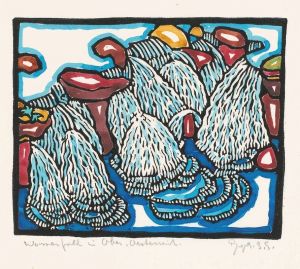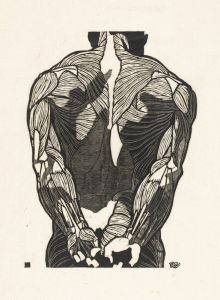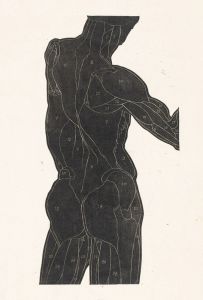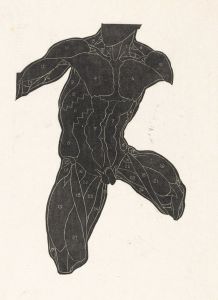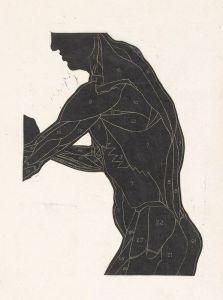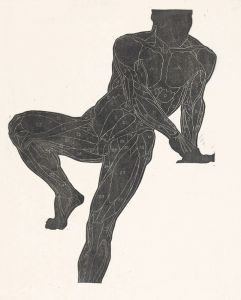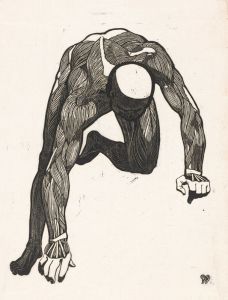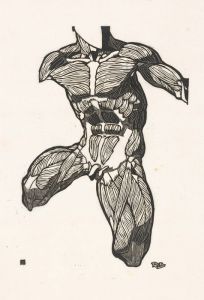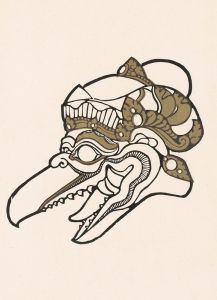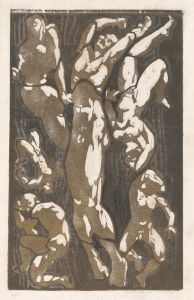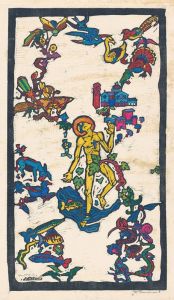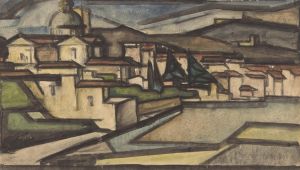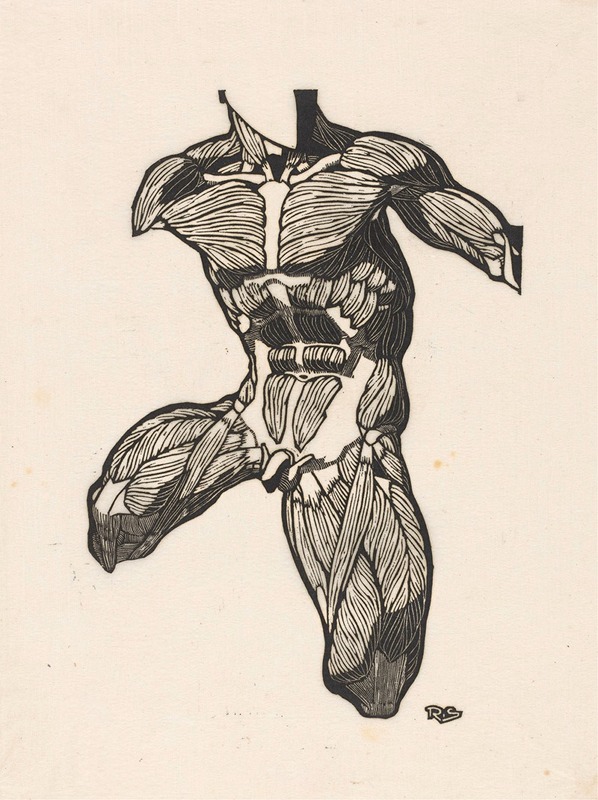
Anatomical study of the neck, abdominal and thigh muscles of a man
A hand-painted replica of Reijer Stolk’s masterpiece Anatomical study of the neck, abdominal and thigh muscles of a man, meticulously crafted by professional artists to capture the true essence of the original. Each piece is created with museum-quality canvas and rare mineral pigments, carefully painted by experienced artists with delicate brushstrokes and rich, layered colors to perfectly recreate the texture of the original artwork. Unlike machine-printed reproductions, this hand-painted version brings the painting to life, infused with the artist’s emotions and skill in every stroke. Whether for personal collection or home decoration, it instantly elevates the artistic atmosphere of any space.
Reijer Stolk's "Anatomical Study of the Neck, Abdominal and Thigh Muscles of a Man" is a notable work that reflects the intersection of art and science, a common theme in the history of anatomical illustration. Reijer Stolk, a Dutch artist, is recognized for his contributions to anatomical studies through his detailed and precise illustrations. Although specific details about this particular work are scarce, it can be contextualized within the broader tradition of anatomical art.
Anatomical illustration has a long history, dating back to the Renaissance when artists like Leonardo da Vinci and Andreas Vesalius began to explore the human body in detail. These works were not only artistic endeavors but also served educational purposes, helping to advance the understanding of human anatomy among medical professionals and students. Stolk's work fits into this tradition, providing a visual representation that aids in the study of human anatomy.
The focus of Stolk's study on the neck, abdominal, and thigh muscles suggests an interest in the muscular system, which is crucial for understanding human movement and function. The neck muscles are responsible for supporting the head and facilitating its movement, while the abdominal muscles play a key role in posture, balance, and core stability. The thigh muscles, including the quadriceps and hamstrings, are essential for locomotion and support of the body's weight.
Stolk's illustration likely emphasizes accuracy and detail, characteristics that are vital in anatomical studies. Such works require a deep understanding of the human form and the ability to translate complex anatomical structures into clear and informative images. This skill is essential for creating illustrations that are both scientifically useful and artistically compelling.
The significance of anatomical illustrations like Stolk's extends beyond their immediate educational use. They also reflect the cultural and scientific values of their time, illustrating the human body's complexity and the desire to understand it fully. In the context of the early 20th century, when Stolk was active, there was a continued interest in the detailed study of anatomy, driven by advances in medical science and a growing appreciation for the intricate design of the human body.
While specific information about the creation and reception of Stolk's "Anatomical Study of the Neck, Abdominal and Thigh Muscles of a Man" is limited, it can be appreciated as part of a broader tradition that values the detailed and accurate depiction of the human form. This tradition has played a crucial role in both art and science, bridging the gap between these disciplines and contributing to a deeper understanding of human anatomy.
In summary, Reijer Stolk's work exemplifies the enduring relationship between art and anatomy, serving as a tool for education and a testament to the intricate beauty of the human body. Although detailed records of this specific piece are not readily available, its place within the history of anatomical illustration is secure, highlighting the importance of such works in the ongoing exploration of human anatomy.





